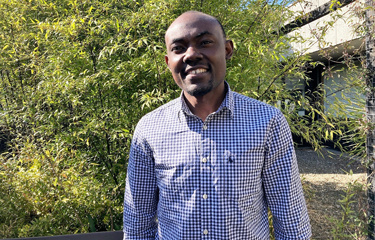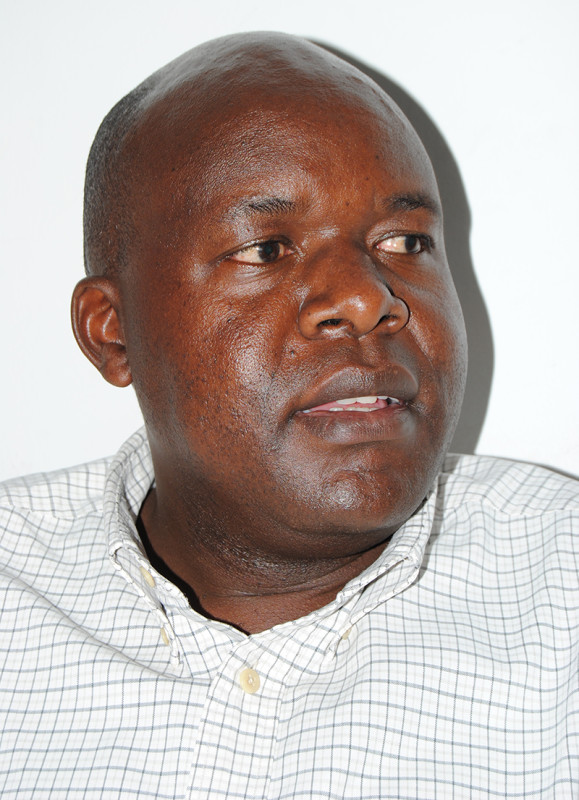Despite help from WorldFish, Nigeria's aquaculture sector faces obstacles to growth

Nigeria, Sub-Saharan Africa’s top producer of farmed fish, has the potential to achieve an output of 2.5 million tons annually, but it faces barriers such as the cost and availability of aquafeed and land use issues that are restraining the sector’s growth.
New research from the University of Stirling’s Institute of Aquaculture estimates Nigeria’s current annual aquaculture production at around 300,000 metric tons (MT) of farmed fish, which is not meeting the total domestic demand.
“Nigeria is the second-largest producer of farmed fish in Africa after Egypt, yet we still have some way to go before we can achieve the 2.5 million tons aquaculture potential estimated by the government,” Institute of Aquaculture Researcher Suleiman Yakubu said.
Increasing Nigeria’s output will require better access to quality fish feed through the development of local feed resources, Yakubu said, describing the aquafeed currently available in the country as “prohibitively expensive and inefficient.”
According to Yakubu, modelling used in analyzing various fish farming scenarios during the research “shows that if things continue as they are, Nigeria will see only marginal development of its aquaculture sector in comparison to where it aspires to be.”
Yakubu recommended the Nigerian government revise its land use, water use, importation, and poverty alleviation policies with the goal of making aquaculture more feasible. Currently, approximately 80 percent of fish farming in Nigeria takes place in small-scale ponds in urban and peri-urban areas. According to research funded by the Commonwealth Scholarship Commission, there is no room for expansion under current land-use regulations.
“Promoting aquaculture to be [a formal] land-use classification in Nigeria would allow the activity to be included in land use zoning plans, and to designate expansion areas for larger production systems,” Yakubu said.
Trevor Telfer, who supervised the institute’s research on Nigeria, said the aquaculture industry there has the potential to “offer a sustainable, low-input way of feeding people.” But further research and better data-collection to model various fish farming production scenario in producer countries “offers an innovative method for governments and industry to plan collaboratively for the sustainable expansion of complex sectors such as aquaculture,” he said.
“Investment in research is essential to better link researchers with the aquaculture industry, in order to increase productivity and yield, while improving our understanding of the impacts of climate change,” he said.
A recent survey by the Economic Community of West African States (ECOWAS), a regional political and economic union of 15 countries in West Africa, estimated Nigeria’s farmed fish production could reach 342,740 MT in 2022 and 352,860 MT by 2025.
Fish consumption per capital in Nigeria is currently estimated 13.3 kilograms. It is likely to increase as overall consumption volumes grow from the 1.77 million tons in 2022 to approximately 1.83 million by 2025, ECOWAS found.
Based on this estimate and due to limitations of its own production, Nigeria would remain one of the leading net seafood importers in Africa. By the end of 2022, ECOWAS estimates Nigeria’s seafood imports will reach 484,320 MT, but thanks to a rise in domestic production, will decline to 472,530 MT by 2025.
Nigeria’s efforts to grow its aquaculture output were recently given a boost by non-governmental organization WorldFish, which in March 2022 announced an agreement with Premium Aquaculture Limited (PAL), an affiliate of Stallion Group Company, Nigeria’s largest tilapia producer, for the purchase of genetically improved farmed tilapia (GIFT). The agreement involves the establishment of a broodstock program, with the eventual goal of disseminating high-quality fry and fingerlings across Nigeria.
The initiative, which has the backing of Bill and Melinda Gates Foundation and USAID, “will augur the establishment of a GIFT-based aquaculture industry in Nigeria” by late 2023, WorldFish said.
Photo courtesy of University of Stirling






Share